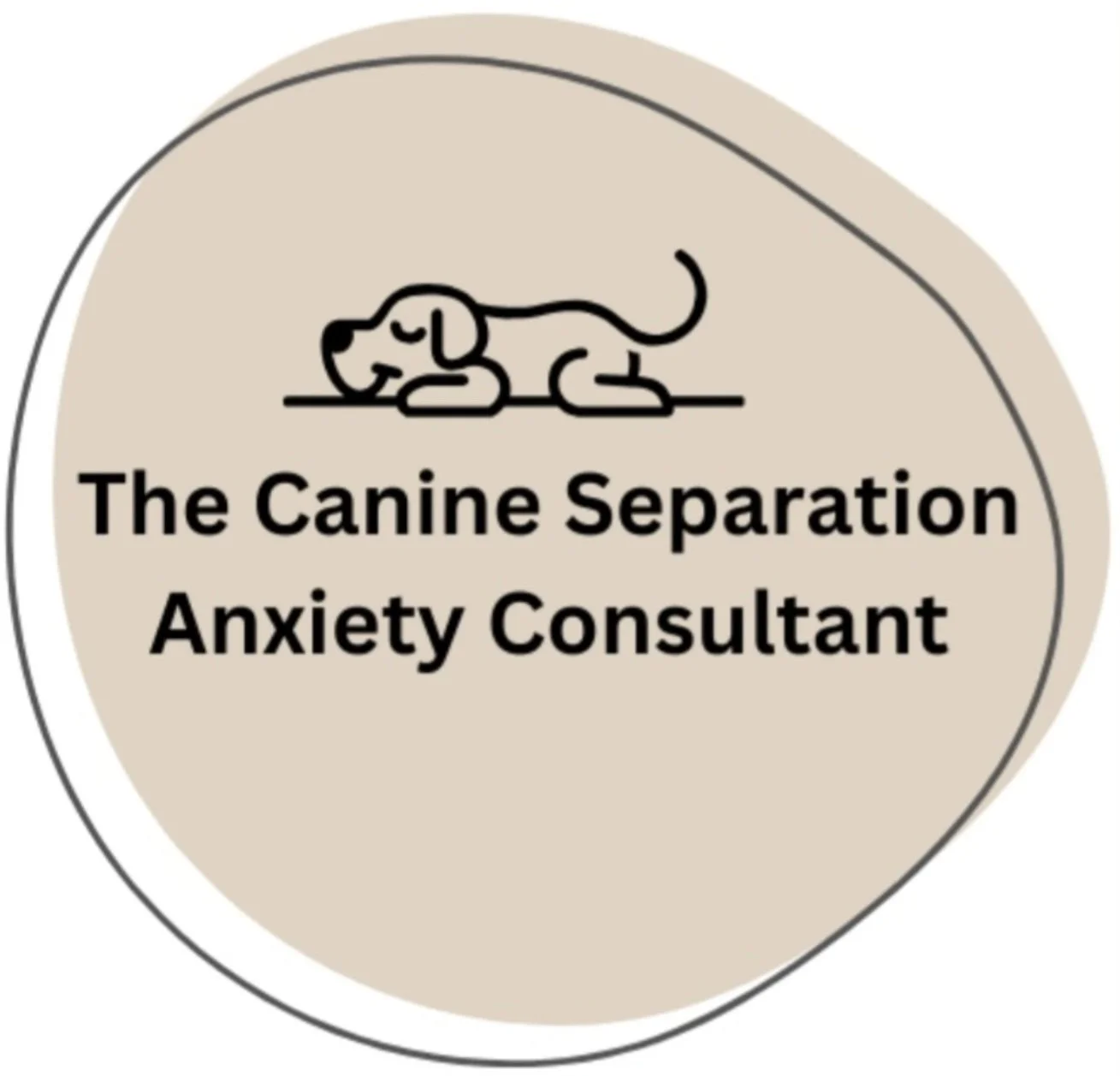What Is Separation Anxiety in Dogs? Recognising the Signs and Getting Support
If your dog struggles when left alone, you’re far from alone. Separation anxiety is one of the most common behavioural issues seen in dogs. But despite how common it is, many owners still feel confused, helpless, or even blamed for their dog’s distress.
Let’s clear things up. Separation anxiety is not your fault, and it doesn’t mean your dog is being naughty or disobedient. It’s a real condition that causes genuine emotional distress, and there is help available.
What Is Separation Anxiety?
Separation anxiety is a fear-based condition where a dog becomes distressed when left alone or separated from a particular person. This emotional response is driven by panic and insecurity, not stubbornness or bad behaviour.
Dogs are social animals, and some struggle more than others to feel safe without their human nearby. When left alone, a dog with separation anxiety might feel terrified, confused, or completely overwhelmed.
Common Signs of Separation Anxiety in Dogs
While every dog is different, there are several clear signs that may indicate your dog is struggling with separation anxiety:
Destructive behaviour such as chewing furniture, scratching doors, or digging
Vocal distress like barking, whining, or howling when alone
Escaping or attempting to escape from crates, rooms, or the home itself
Toileting indoors despite being fully house trained
Anxiety when you prepare to leave, such as when you pick up your keys or put on your shoes
These behaviours can be incredibly upsetting for both the dog and the owner, and they’re often misread as “bad” behaviour. In reality, they’re signs of fear.
Subtle Signs You Might Be Missing
Not all signs of separation anxiety are dramatic. Some dogs show more subtle, easily overlooked indicators that they’re struggling when left alone:
Lip licking or yawning (when not tired)
Panting (without heat or exertion)
Pinned-back ears or tense body posture
Freezing or shutting down
Refusing food or treats when home alone
These quieter signs are just as important to recognise. Your dog might not be destroying the house, but that doesn’t mean they’re coping well.
It’s Not Your Fault
Many loving dog owners blame themselves for their dog’s separation issues. But separation anxiety often develops due to a complex mix of genetics, early experiences, and environment – none of which are your fault.
Punishment or ignoring the problem only makes things worse. Instead, it’s about understanding what your dog is going through and helping them build confidence in being alone.
Beware of Outdated Advice Online
It’s easy to find conflicting information online about how to handle separation anxiety,
but not all advice is helpful. Techniques like letting your dog “cry it out”, using aversive tools, or flooding them with long absences can actually worsen their anxiety and damage the trust between you.
Modern, science-backed approaches focus on gradual exposure, compassion, and clear communication. That’s why it’s important to work with someone who understands how to properly assess and support dogs with separation issues.
How I Can Help You and Your Dog
You don’t have to navigate this journey alone. I specialise in helping dogs overcome separation anxiety using science-based, force-free methods that are tailored to your dog’s individual needs.
Whether your dog struggles with being left for a few minutes or several hours, we’ll work together to create a step-by-step plan that helps them feel safe and secure.
What I offer:
One-to-one coaching and support
Customised training plans
Compassionate, non-judgemental guidance
Proven results based on modern behaviour science
Ready to Help Your Dog Feel Calm When Alone?
Helping your dog with separation anxiety isn’t a quick fix, but with the right approach, real progress is possible. The first step is recognising the signs and reaching out for help.
Book your free consultation to find out more about the training process and the support I offer – designed to give you and your dog the tools and guidance you need this summer.
